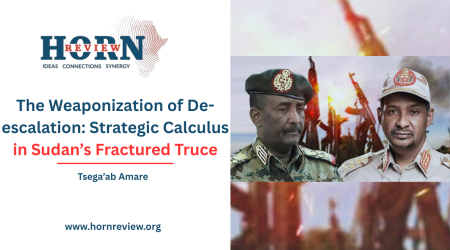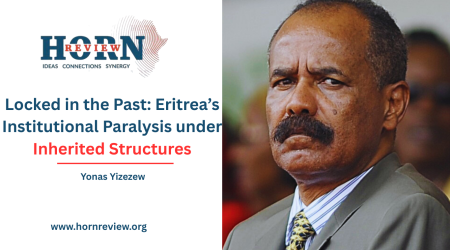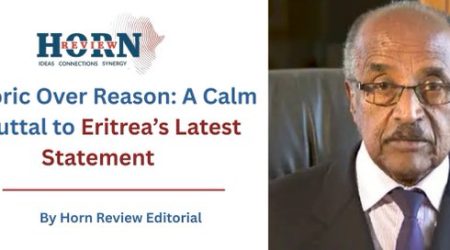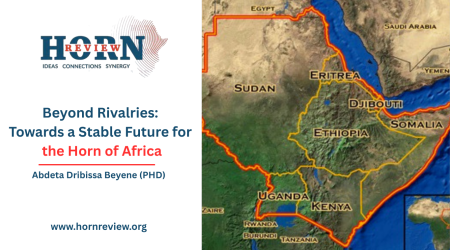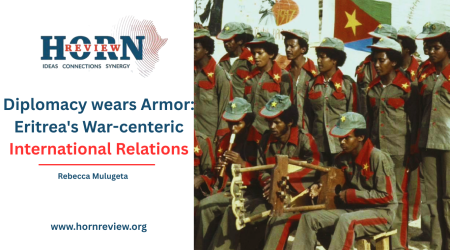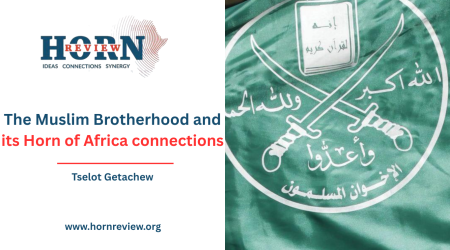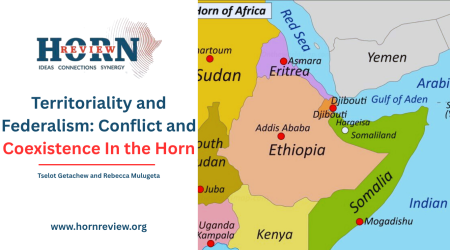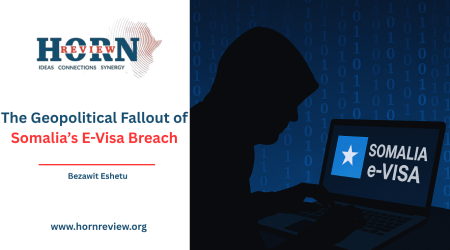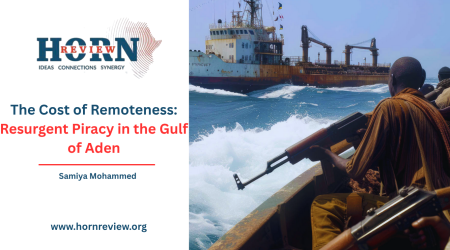
31
May
Somalia’s Security Dilemma: Evaluating AUSSOM in a Post-U.S. Funding Landscape
Despite more than two decades of international engagement and billions of dollars in aid and military support, Somalia remains mired in insecurity. Al-Shabaab’s enduring insurgency continues to undermine state authority, disrupt governance, and threaten regional stability. In response, the African Union has launched successive stabilization missions – first AMISOM, then ATMIS, and now the newly established African Union Support and Stabilization Mission in Somalia (AUSSOM). Yet, the question persists: can AUSSOM succeed where its predecessors fell short?
AUSSOM became operational on January 1, 2025, following authorization by the African Union and the United Nations Security Council through Resolution 2767. The mission aims to support long-term stability and peace by aligning closely with Somalia’s Security Development Plan (SSDP) and the National Security Architecture (NSA), with the stated goal of transferring full security responsibilities to Somali forces by 2029. In concept, AUSSOM represents a strategic pivot toward Somali self-reliance. In practice, however, the mission’s reliability and viability remain deeply constrained.
Upon launch, AUSSOM inherited a significant financial shortfall – over $100 million in unmet funding commitments and an additional $92 million in outstanding debt owed to troop-contributing countries, including Ethiopia, Burundi, Djibouti, Kenya, and Uganda. These arrears, carried over from the ATMIS mandate, have severely strained operational capacity and troop morale, raising serious questions about the mission’s ability to function effectively.
The African Union had hoped that the passage of UN Security Council Resolution 2719 would unlock more stable and sustainable financial backing. AU officials engaged in high-level outreach, including a lobbying mission to Washington, seeking direct financial support. However, the United States declined to commit, citing concerns over financial accountability, human rights compliance, mission effectiveness, and the lack of burden sharing by other international actors. U.S. officials have made clear that any potential funding would be contingent on broad structural reforms and a more balanced international funding model.
Meanwhile, the European Union – once a cornerstone donor to AU operations in Somalia – is signaling donor fatigue. Having already invested billions over the past decade, the EU is now unlikely to sustain previous levels of support, further intensifying the mission’s financial pressures. The resulting donor skepticism reflects growing frustration over limited tangible progress and deepening pessimism about the mission’s strategic direction.
Beyond funding, AUSSOM faces substantial political challenges. Ethiopia’s initial exclusion from the mission – sparked by its controversial maritime agreement with Somaliland, which Mogadishu views as a violation of its territorial integrity – created a diplomatic rift. Although tensions have since eased, notably through the Ankara Declaration, and Ethiopian troops were officially deployed in April 2025, the damage to regional cohesion and mission credibility lingers.
Meanwhile, Al-Shabaab has continued to expand its territorial reach and intensify attacks. The Somali National Army, which AUSSOM is mandated to support and eventually replace, remains under-resourced and fragmented. The expectation that Somali forces can consolidate gains and independently counter Al-Shabaab’s resilience appears, for now, overly optimistic.
These developments raise difficult but necessary questions. Is the current multilateral framework the most effective means of achieving security in Somalia? With AUSSOM increasingly constrained, it may be time to explore alternative arrangements, such as bilateral partnerships with individual states or a regional coalition modeled after the Multinational Joint Task Force (MNJTF) in the Lake Chad Basin.
Ultimately, any sustainable path forward must address the underlying political dysfunction that continues to fuel instability. The long-standing presence of AU missions, while providing short-term security, has inadvertently fostered a dependency on external forces and deferred the political reconciliation necessary for lasting peace. AUSSOM, despite its renewed mandate, has inherited a structurally fragile mission. Without renewed commitment from international partners and a clear strategy for political resolution, it risks becoming yet another iteration of a well-intentioned but underperforming model.
As international attention shifts and funding becomes more uncertain, the future of AUSSOM – and of Somalia’s broader security architecture – hangs in the balance. If the international community continues to support Somalia, it must do so with both accountability and long-term vision. But if current trends persist, the question is no longer whether AUSSOM can succeed, but whether it was ever equipped to do so in the first place.
By Horn Review Editorial

